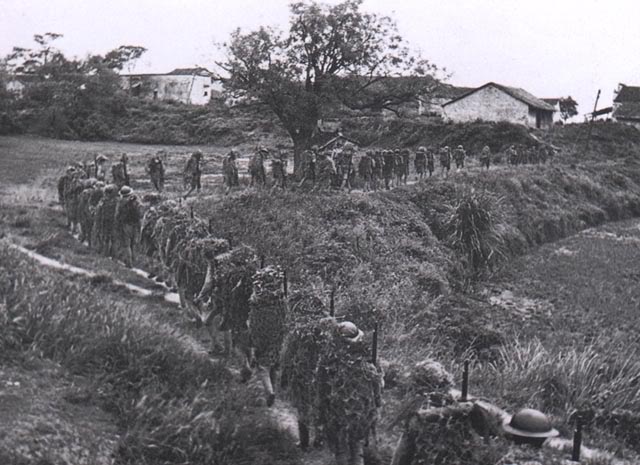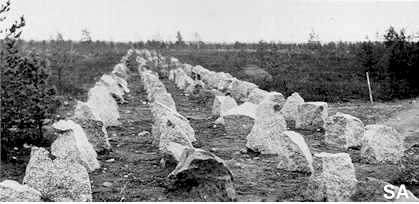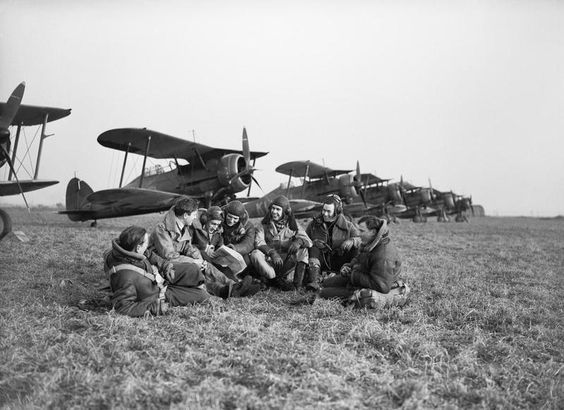Tuesday 19 December 1939
 |
| Germain freighter Arauca runs for Port Everglades. |
The German crew of the 32,354-ton liner Columbus scuttles it about 300 miles off Cape May, New Jersey. Two crewmen perish. It has been tailed by neutrality patrol ships since leaving Vera Cruz. The US Tuscaloosa has been broadcasting the ship's location in the clear, and the British destroyer HMS Hyperion is approaching. This is another instance of the US openly siding with the British while remaining legal. The Tuscaloosa rescues 567 men and 9 female stewardesses and takes them to New York.
The German refrigerated freighter Arauca is challenged by the British destroyer HMS Orion. The Orion fires a shot across the ship's bow to make it stop, and the shot lands in US territorial waters. The Arauca ignores the warning and makes it to Port Everglades, where it is interned.
US Secretary of State Cordell Hull instructs his Ambassador to the Court of St. James Joseph Kennedy to tell the British that they need to cease hostile acts in the territorial waters of neutral nations such as the United States.
British freighter City of Kobe (4,373 tons) hits a mine and sinks near Cross Sand Buoy, Greater Yarmouth. One crewman perishes.
Kriegsmarine raider Atlantis is commissioned.
Captain Langsdorff of the Admiral Graf Spee commits suicide in Buenos Aires by shooting himself in bed, draped in a German flag. He writes, "for a captain with a sense of honor …. his personal fate cannot be separated from that of his ship." An honorable commander, he made irreversible mistakes at crucial junctures that doomed his ship. However, his ship accomplished much more to aid the German war effort than most historians give him credit for.
The French release the US freighter Nishimaha from Marseilles.
Convoy OA 56 departs from Southend, OB 55 from Liverpool, OB 56 from Liverpool, SL 13F from Freetown, and HXF 13 from Halifax.
Winter War Naval Operations: Soviet battleships Oktyabrskaya Revolutsiya and Marat and escorting warships bombard Finnish shore battery at Saarenpaa.
Winter War Air Operations: Ilmari Juutilainen of the Finnish Air Force gets his first victory. He flies a Fokker D.XXI and shoots down an Ilyushin DB-3 bomber. His brother Captain Aarne Juutilainen is fighting with distinction on the ground in the Battle of Kollaa.
 |
| Finnish soldiers at the Battle of Summa. |
At Suomussalmi, the Finns are building a hidden ice road parallel to the Ratte road on a nearby lake to ease their hit-and-run attacks on the Soviets stuck on the road.
At Ägläjärvi, the Finns surround the Soviet 75th Division.
At Petsamo in the far north, the Soviet advance to the south reaches Nautsi. They can get no further. Partly as a result of Finnish resistance and partly because of supply difficulties in the extremely cold weather, the Russians retire from Nautsi to a point about twenty miles north. The temperatures take a sudden drop to 25 degrees below zero, Fahrenheit, in mid-December.
Anglo/French Relations: The Supreme War Council holds its fourth meeting in Paris. It decides to send help to Finland if asked, though the neutral Scandinavian nations feel this is dangerous and will widen the conflict there. Prime Minister Chamberlain then returns to London.
German/Japanese Relations: Hitler meets with incoming Japanese ambassador Saburo Kurusu.
Holocaust: Reinhard Heydrich appoints Adolf Eichmann to organize deportations of Jewish civilians in occupied areas.
Chinese Winter Offensive: Chinese forces continue making gains. The Chinese North Route Force recaptures Kaofengyi. The Japanese 33rd and 40th Infantry Divisions withdraw from Shihmen and Shihpihu in the face of Chinese 9th War Area attacks. The Chinese 3rd War Area is interdicting Japanese river traffic on the Yangtze River using anti-tank guns.
 |
| Chinese soldiers in the Winter Offensive, 1939. |
December 1939
December 1, 1939: Finland Fights for its LifeDecember 2, 1939: First RAF Bombs on Germany
December 3, 1939: Soviets Still Advancing in Finland
December 4, 1939: Molotov to Roosevelt - Mind Your Own Business
December 5, 1939: Prien Returns
December 6, 1939: Attacks on Mannerheim Line
December 7, 1939: Kollaa Holds!
December 8, 1939: Polish Pilots Return
December 9, 1939: First British BEF Fatality
December 10, 1939: The Soviets Capture Salla in Finland
December 11, 1939: Finns Make Their Move
December 12, 1939: Finnish Success in the Winter War
December 13, 1939: Battle of River Platte
December 15, 1939: Chinese Winter Offensive in High Gear
December 16, 1939: Battle of Summa
December 17, 1939: End of Admiral Graf Spee
December 18, 1939: Battle of Heligoland Bight
December 19, 1939: British Disarm Magnetic Mines
December 20, 1939: Finnish Counterattacks Continue
December 21, 1939: Finns Plan More Counterattacks
December 22, 1939: Enter Chuikov
December 23, 1939: Failed Finnish Counterattack
December 24, 1939: Soviets on the Run
December 25, 1939: Fresh Soviet Attacks
December 26, 1939: Vicious Battles at Kelja
December 27, 1939: Grinding Finnish Victories
December 28, 1939: Liberators
December 29, 1939: Finns Tighten the Noose
December 30, 1939: Finnish Booty
December 31, 1939: Planning More Soviet Destruction
2019























